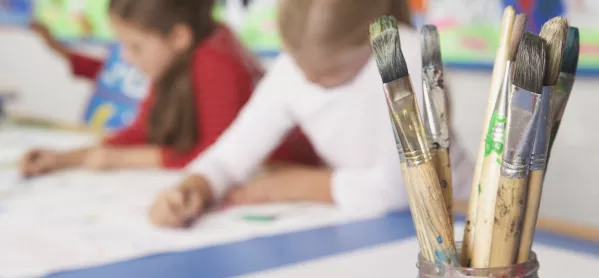At a time when the arts are being squeezed out of the curriculum, inviting an artist to take up residence in your school can be an excellent way to supplement arts education.
Working directly with an artist can reveal the process of creating art and help pupils to experiment with their creativity and gain confidence in expressing themselves. It will also give young people an insight into the professional arts world and demonstrate the continuum from art made in the classroom through to professional practice.
The benefits might be obvious, but the process of setting up an artist in residence may not be. Here are my top tips for organising a residency:
- Think about your project brief
Make sure you have a purpose in mind for the artist to work towards. What type of involvement would you like the artist to have? You may want them to give talks, run practical workshops or lead a project that will involve pupils in the production of an artwork. Think about how the residency will link with art and design in the national curriculum or at exam level, or be part of an out-of-school activity. Make sure you are clear about what you hope students and staff will gain from the experience.
- Gather some inspiration
There are lots of free online resources that could inspire you in planning how you can work with an artist.
AccessArt shares inspirational resources, with a whole area for teachers and schools that includes information on curriculum planning and more.
The National Society for Education in Art and Design (NSEAD) has a variety of resources available online, including a database of 300 art projects, art lessons and teaching strategies.
The Big Draw is a charity that promotes visual literacy and drawing as a tool for learning, expression and invention.
- Contact your local gallery or artists in your area
Local galleries, museums or art centres sometimes run activities involving local artists and might be able to help you contact artists who work nearby. Engage, the national association for gallery education, has an online gallery finder that can help you find organisations in your area.
Many members of Engage are artists and a number of these carry out regular work with schools. You can also contact gallery educators and artists using Engage’s educator locator, a database designed to help organisations such as schools make contact with artists in their local area.
Jane Sillis is the director of Engage, the national association for gallery education. 11-19 June is Children’s Art Week. You can find out more here
Want to keep up with the latest education news and opinion? Follow TES on Twitter and like TES on Facebook
